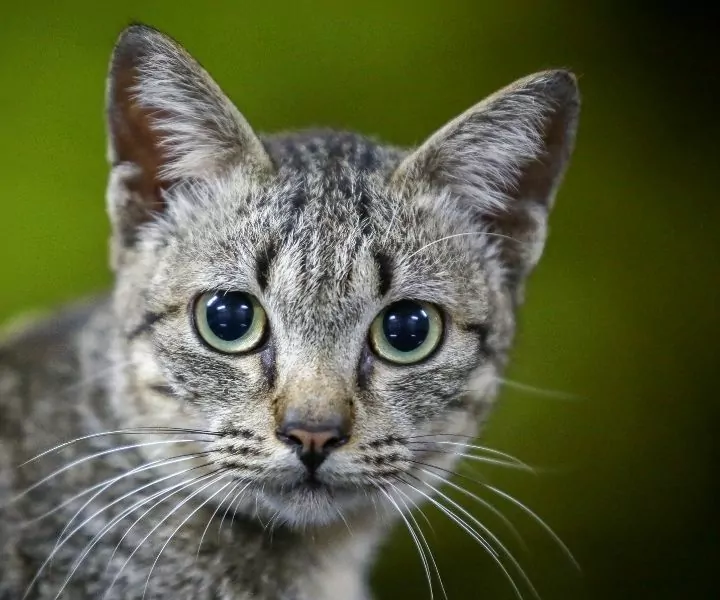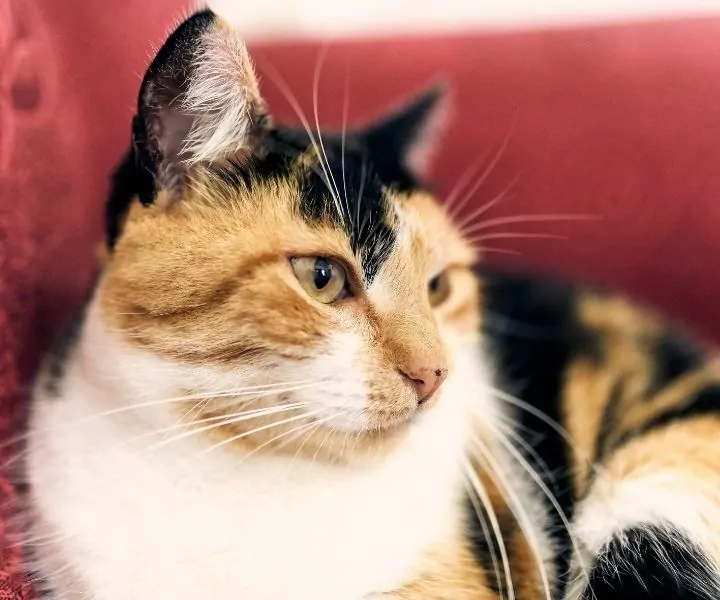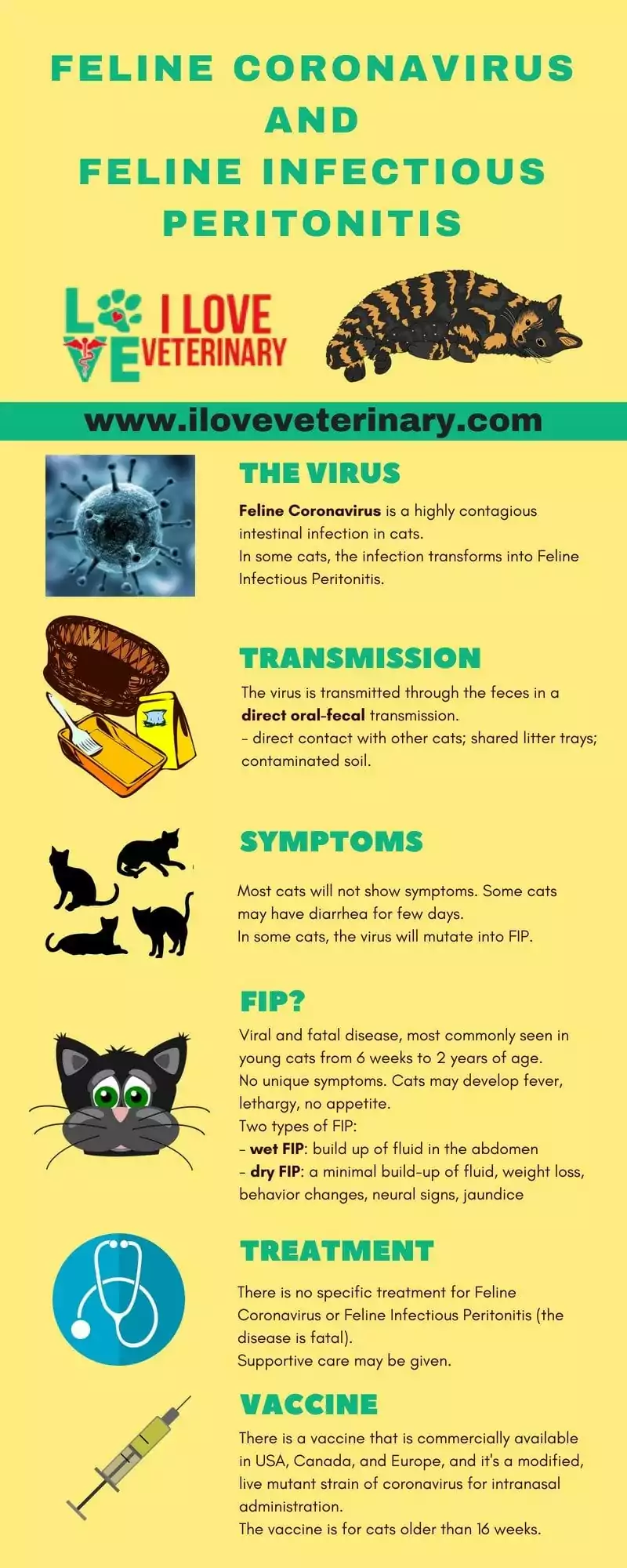Feline coronavirus is a serious respiratory disease that can affect cats of any age. The virus causes inflammation in the cell lining of the airways, bronchioles, and alveoli, which are part of the lungs.
Feline coronavirus can be spread by direct contact with infected animals’ oral fluids (spit), blood (e.g., feces), offal (e.g., vomit or nasal secretions), or with fomites including contaminated food bowls, shoes, towels, and hands.

Since 2007, clusters of cats that have died, or that have died within a short time after leaving veterinary clinics, have been reported in the southern part of Europe, mainly in Italy.
Most of these cats were healthy before they died. The clinical signs observed in the animals at the time of death include lethargy, shortness of breath (inadequately perfused lungs ( “IHF”), ocular or mucosal enophthalmos, and pneumonia.
Feline coronavirus, or FCoV, is a very rare virus that replicates in the upper respiratory system. If your pet exhibits signs of excessive sneezing, coughing, or runny nose accompanied by decreased appetite and fever it’s possible they have contracted FCoV.
The virus is most commonly associated with kittens born to infected females; however, if they are infected by one of these females their kittens may themselves become carriers.
It is a highly contagious virus and has a long incubation period. If left untreated the virus will likely spread to the animal’s lower respiratory system, causing pneumonia and possibly death.
Kittens from carrier mothers are at high risk of developing the disease as they have not yet built up an immunity. It’s possible for you to contract FCoV as well as it can be transmitted from cat to human via an infected cat’s sneeze or cough.
The year 2017 saw a massive outbreak of a deadly new virus that originated from a single cat. Once inside the human respiratory system, this coronavirus destroys the small air sacs in the lungs, leading to death by pneumonia.
In less than 7 months, 30% of people who were infected died from the virus, and more than 60% became seriously ill with lung infection or pneumonia. The most significant difference between humans and cats is how they react to coronavirus: cats have no built-in immunity against it.
The coronavirus responsible for the recent outbreak is called feline respiratory coronavirus (FCR). It’s an RNA virus, which means it’s made of strands of genetic material.
The name coronavirus comes from the fact that this virus was first identified in people with pneumonia or bronchitis who had severe breathing problems, and also in animals with respiratory illness. A subtype of FCR is called Middle East Respiratory Syndrome Coronavirus (MERS-CoV).
What is Feline Infectious Peritonitis?
Feline infectious peritonitis is a disease caused by a coronavirus, primarily affecting cats. It is also known as feline pneumonitis and feline coronavirus enteritis. The disease has been linked to FIP from infected cats being kept for breeding or showing purposes. The coronavirus first enters the cat’s body through an open wound, for example, a bite wound on the face of the cat.

Cats are most frequently infected through bites or scratches on their faces, legs, and other areas. Once the coronavirus enters the cat’s body, it usually takes two to three weeks for the infection to develop; this may be longer in cats with chronic skin and other infections.
FIP is often fatal and almost always causes severe inflammation and damage to the cat’s internal organs (liver, spleen, and kidneys).
FIP is an acute (short-term) disease with a high mortality rate in all feline species. The mortality rate for domestic cats ranges from 30 to 60 percent, with less than 5 percent of infected cats making it to hospitalization.
Most fatalities occur in the first few days of illness; however, many die suddenly due to renal (kidney) failure.
FIP primarily affects cats between the ages of 3 and 7 years old. In addition, cats can acquire FIP through exposure to infected pregnant queens and kittens, queen bitches and cubs, and other susceptible cats.
The viral genome (genome) of FIP contains a single positive strand of RNA approximately 10–11kb in size. The 5′ untranslated region (UTR) is approximately 2km long, with some sequences homologous to feline coronavirus RNA 5′ UTRs.
On the infographic below, you can find quick facts about a very fatal and very contagious feline disease.

